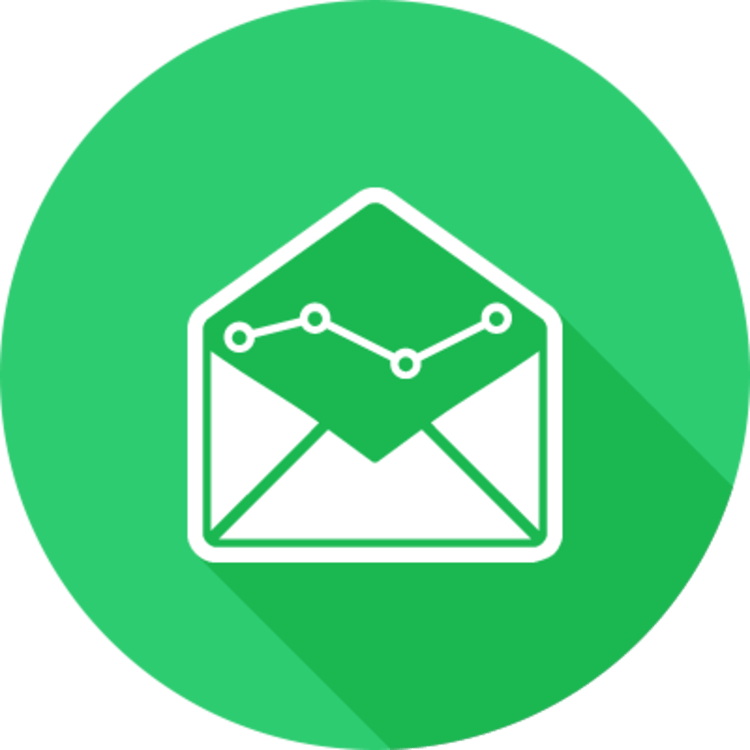Blog and News > sales-marketing > PPC vs Email Marketing
PPC vs Email Marketing
Implementing a new marketing strategy is always a bit of a gamle. But that’s not to say you shouldn’t try!
The world is going digital so that means you probably should too. But what are your options when it comes to digital marketing? Typically, there are around seven different ways you can go about creating a digital marketing plan, ranging from your website design to blog posts. But when we actually think about driving traffic, it actually comes down to two key options.
PPC or Email?
Here we take a look at the pro’s and con’s for both and what the best way forward might be.

No matter what type of marketing you’re doing, the bottom line usually comes down to a plan that will generate the most number of qualified leads with the least amount of money and/or time spent in doing so. Although it can be a bit overwhelming trying to figure out where to put your limited budget and time. So, what can you do about it?
Drive traffic to your website with a Pay Per Click (PPC) strategy. This includes a number of paid ads on top-tier search engines such as Google, e.g. GoogleAds to get to your site to the top of the search results page for various search queries.
Use automated email platforms like e-shot or Mailchimp to send a scheduled campaign to your subscribers or purchased data lists.
Try Search engine optimisation (SEO) by adapting your website to be easily crawled on search engines in response to certain search terms.
Make the most of social selling – use Facebook, LinkedIn or Twitter to engage with potential customers in a more relaxed way.
Of these, is there a “best” or most cost effective way that will generate the most business? It all depends on what you need. If there was unlimited time and unlimited budget, you’d probably do all four and lots of it, but if like the rest of us you only have limited time and budget, it’s going to come down to Email Marketing vs PPC.
So what are the pros and cons of both?
Pros of PPC
Pay Per Click has the distinct advantage of being found almost instantly for a lot of competitive search terms. It’s always a quick way to drive traffic and generate cash.
Don’t forget about remarketing, too. Even our best campaigns hit the mark sometimes. A key prospect might be having the world’s busiest day as you send your email so it catches their attention, but is soon buried again. PPC allows you to play on this by posting targeted remarket ads where your prospects are bound to see them again.
Cons of PPC
The biggest con is price. PPC campaigns can cost a significant amount of money if they’re not properly monitored. If you’re already strapped for time, it’s probably not the best thing to add to your list.
Google has also made recent changes that limits their ads. A search page will now only show four top banner ads, and three at the bottom, meaning you have fewer ads tempting the searcher for a bigger price. Ouch.
There’s also no longevity. The minute you stop paying for your campaign, your lead generation will fall off a cliff. PPC isn’t the one long-term.
What about email marketing?
Pros of Email
In the humble opinion of CANDDi, email is by far the most cost-effective marketing tool there is. The average return on investment for each £ spent on email is about £44. In addition to this, people who have opted into your email list have given you their permission to send across your marketing materials.
Also, since you target exactly who you want to engage with (down to their name & job title), it is almost the opposite of PPC (which is completely out of your control). You can deliver a targeted message to a targeted audience, showing you really know your stuff. Emails are also easily measured, especially with the CANDDi email plugin.
Cons of Email
It can be hard to get people to opt in to your data sets or to organically grow your list. People don’t always want another newsletter in their inbox. You have to provide good value for them to engage with you. Building your email list takes time and patience.
Another challenge is actually getting it read by your recipient! A lot goes into tampering, reviewing analytics and building campaigns to get the desired number of opens and clicks you’re looking for. In and amongst all of this, there’s no guarantee you’re getting them to the site with emphasis needing to be put on providing a compelling call to action. If you want to perfect your marketing efforts, why not see our tips for the most effective email campaigns.
Conclusion…
There is no perfect tool. Digital marketing takes work, time and money. My advice is to pick one system and work at it for six months (minimum). Then you can add another one if you want to see different results.
If you try to master them all at once, you’ll dilute your efforts and they won’t be as effective. However, you can leverage one tool to create the content for another so you minimise effort. For instance, using PPC to drive engagement and subscriber levels, a blog post can then be search engine optimized, posted on social and put in your next email campaign. One piece of content feeds three systems. That’s a very efficient way to do it!